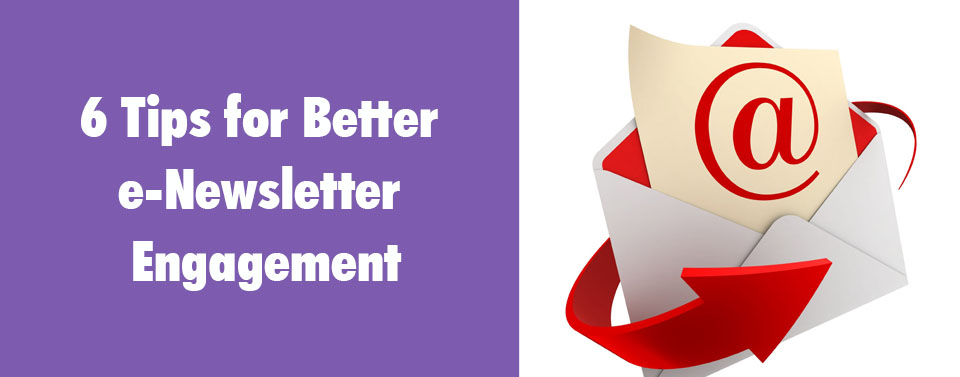10 Ways to Communicate More Effectively
#1: Beware of Interrupting
Be careful about interrupting others, particularly your customers. They’ll be especially upset if, while they’re explaining a problem, you interrupt them and start offering a solution. If you feel you have to interrupt, at least cut to the chase and tell the other person what you think his or her main idea was. That way, the other person at least can confirm or correct you, and in either case save time.
#2: Listen Actively
Did you ever get the feeling, when talking to someone, that you were really talking to a wall? The person may have heard you but gave no indication of it at all. Avoid doing the same thing. When communicating with others, it’s just as important that people be aware that you’re listening. Be sure to be involved with and react to what the other person is saying, via a nod, or an “I see,” or a paraphrase of the other person’s statements.
#3: Avoid Negative Questions
Suppose you say to a customer, “You don’t have Word installed?” and he answers “Yes.” What does he mean? Yes, you’re right, Word is not installed? Or yes, he DOES have Word installed?
Asking a negative question creates confusion. It’s clearer if you phrase the question positively (e.g., “Do you have Word installed?”) or ask an open-ended question (“What applications do you have installed?”). If you must use the negative, try a question such as “Am I correct that you don’t have Word installed?”
#4: Be Sensitive to Differences in Technical Knowledge
Chances are, your customers have less technical knowledge than you do. So be careful when explaining things to them. If you use acronyms, be sure you identify what it means. Be careful that you don’t make two opposite mistakes: either talking over their head or talking down to them. Keep your eyes on customers when you talk to them and be alert to cues indicating that they don’t understand. Ask them whether they understand what you’re saying, if necessary.
#5: Use Analogies to Explain Technical Concepts
A good way to explain a technical idea is to use an analogy. Though they have limitations, analogies are helpful in explaining an unfamiliar idea in terms of a familiar one. One of the best analogies I ever heard compared a firewall to a bank teller. When you enter a bank, you don’t just go into the vault and get your money. Instead, you go to a window, where the teller verifies your identity and determines that you have enough money. The teller goes to the vault, brings it back to the window, gives it to you, and then you leave.
#6: Use Positive Instead of Negative Statements
Your customers are more interested in your capabilities than in your limitations. In other words, they’re interested in what you can do, rather than what you can’t do. The way you say things to them influences how they perceive you and your department.
#7: Be Careful of Misinterpreted Words and Phrases
Sometimes we say something with innocent intent, but the other person misinterprets it. Be especially careful of the word “you.” Overusing this word can make the person you’re talking to feel defensive or threatened. Instead of saying, “You need to speak louder,” try saying, “I’m having trouble hearing.” Another issue involves the dual meaning of “you.” Unlike other languages, English uses the same word to refer to an actual person (for example, the person you’re talking to) as well as to a hypothetical person. Suppose you said to someone, “You never know what’s going to happen next,” and meant to equate “you” with “people in general.” The other person might think you’re referring to him or her specifically and take offense. A better alternative might be, “It’s really unpredictable here.”
If someone is upset, one of the worst things to say is “calm down.” It might work one half of one percent of the time, but generally all it does is make things worse.
#8: Remember That Technical Problems Involve Emotional Reactions
When customers have a technical problem (for example, they’re having trouble printing), keep in mind that they’ll almost always have an emotional reaction as well. Those emotions can range from simple annoyance to outright panic, depending on the importance of the document and the time element involved. It’s important to acknowledge and recognize these emotional reactions. If all you do is solve the technical problem and walk away, chances are the customer will still be upset.
In these cases, simply saying something like, “Pain in the neck, isn’t it?” or “I hate when that happens to me” can help the customer feel better about the situation and possibly feel more positive about you.
#9: Anticipate Customer Objections and Questions
In his book The Art of War, the ancient Chinese author and strategist Sun Tzu said, “If you know the enemy and you know yourself, you need not fear the result of a hundred battles.” Apply this principle when communicating with customers. In particular, try to anticipate the objections your customers will have to your message and address those objections.
#10: Keep the Customer Informed
Keep your customers informed of developments involving them, particularly with regard to problems or service outages. In particular, keep them apprised even if nothing is going on. For example, let them know you’ve contacted the vendor but still haven’t heard anything back. No news is still news.
If a customer leaves you a request via voicemail or e-mail, let the customer know you received it, even if you are still in the process of handling it. Doing so gives the customer one less matter to worry about.
When a problem is resolved, let the customer know that, too. Nothing is more frustrating to customers than finding out that they could have been working sooner if they had only known.



